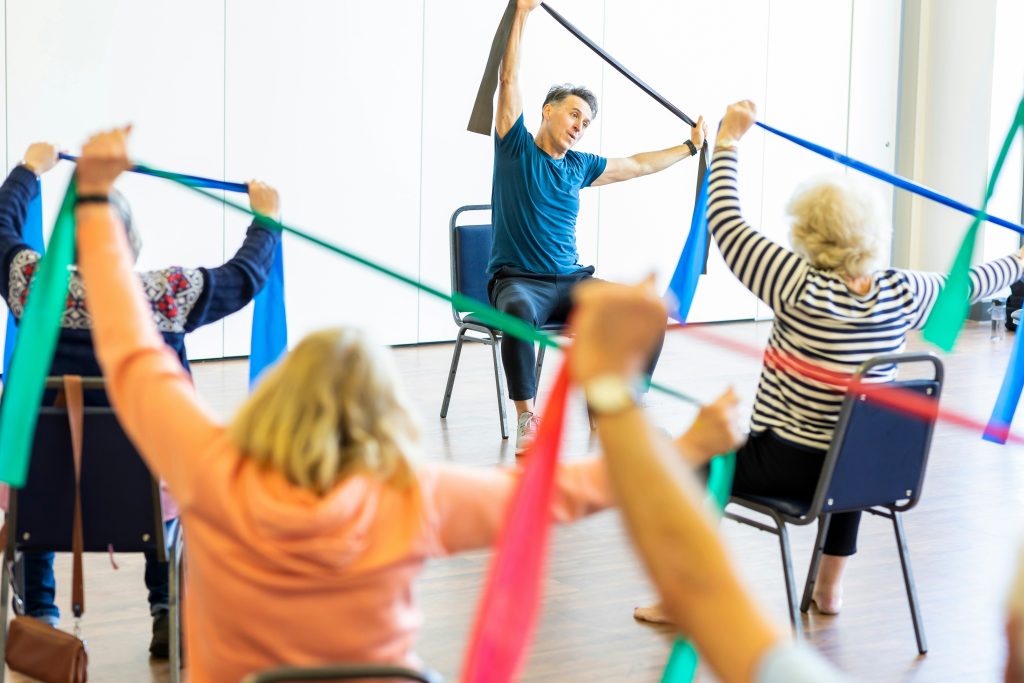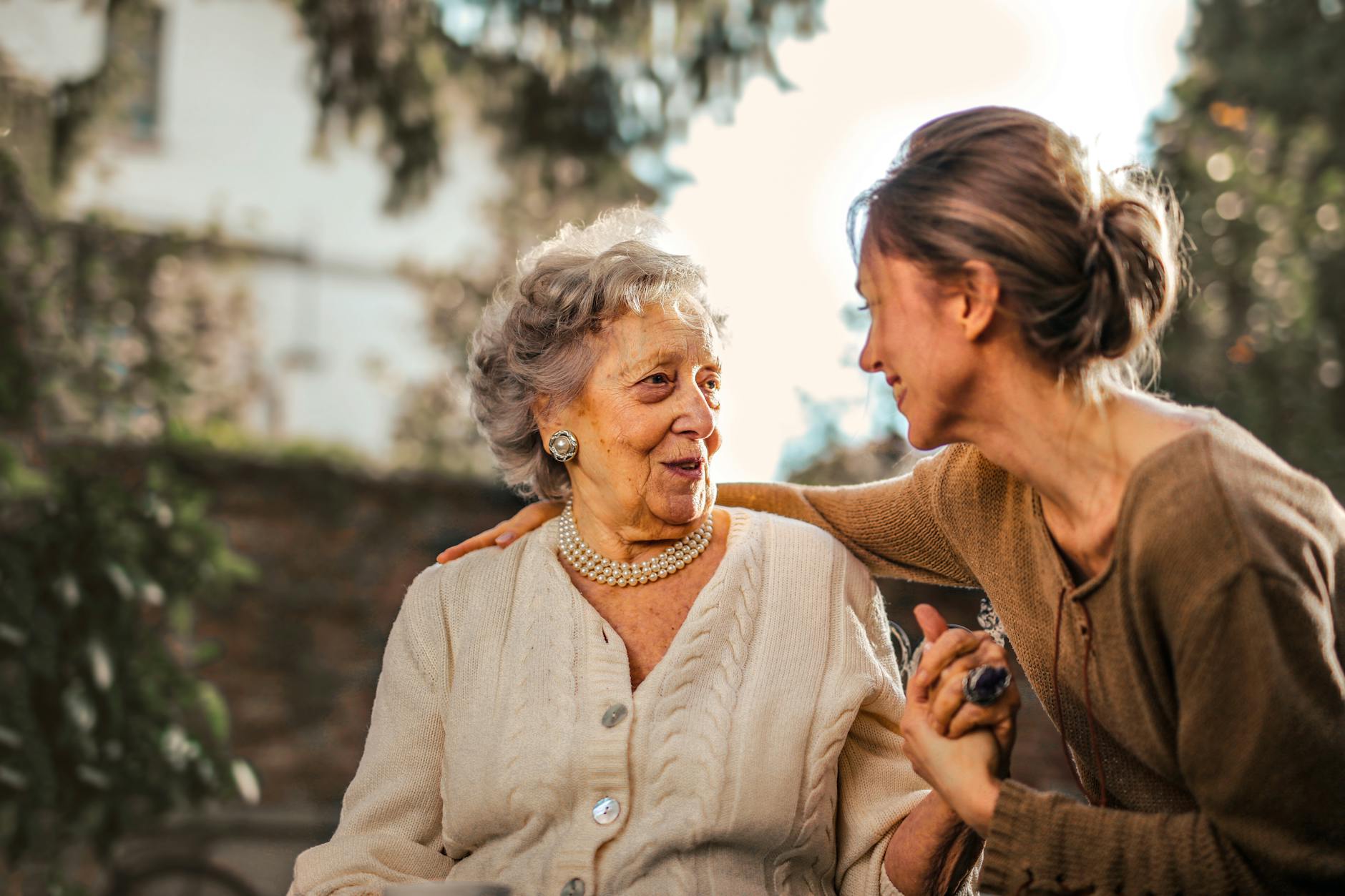Regular physical activity has many benefits and can help to maintain health and independence as people get older. While many older adults might be concerned about exercise, studies show time and again that continuing to be active is one of the most effective ways to improve quality of life and ensure healthy years well into retirement. From preventing chronic diseases to improving mental well-being, regular movement offers many benefits that become increasingly important with age.
Physical Health Benefits
Regular exercises help older adults maintain muscle mass and bone density, two factors that naturally decline with age. Strong muscles and bones are vital in preventing falls, which can be catastrophic to seniors. In fact, recent studies reveal that adults aged 65 years and above who regularly engage in moderate exercise reduce their risk of falling by as much as 23%.

It also prevents many chronic diseases: arthritis, diabetes, heart conditions. Low-intensity workouts like walking and water aerobics still make an enormous difference in one’s cardiovascular condition, helping to keep blood pressure low. Findings reveal that active elderly patients tend to consume less prescription medicine. The hospital stays during instances of illness are shorter as well.

Ready to Start Your Search For a Carer?
We can help every step of the way. Contact us today for free and friendly advice from our specialist team.
Call 03300 437 015 or click below to request a call back.
Cognitive Function and Mental Health
Perhaps most surprising among these treatments, however, is physical activity to maintain brain health. Aerobic exercises increase blood flow to the brain and may even help prevent cognitive decline and dementia. For example, studies have shown that older adults who take part in physical activity have greater memory and decision-making capabilities compared to those who do not participate in physical activities.
Exercise is also a powerful mood elevator because it can help a person fight depression and anxiety by releasing endorphins. In addition, forms of exercise that involve social participation-such as classes in aerobics or dance, or even walking clubs-provide regular opportunities for interaction that help to prevent the isolation and loneliness common among older adults.
Safe and Effective Exercise Options for the Elderly
The key to successful senior fitness is starting gradually and choosing appropriate activities. Low-impact exercises like:
Swimming or water aerobics: These are low-impact, stress-reducing exercises on the joints while providing very good cardiovascular benefits. Tai Chi or yoga helps in enhancing balance, flexibility, and concentration of the mind. Walking, especially in
nature, has several physical and psychological benefits. Light resistance training can help maintain muscle mass and bone density.
It is important to note that any movement is better than none. Activities ranging from gardening to even just housework count toward daily goals for physical activity. The World Health Organisation recommends a goal of at least 150 minutes of moderate-intensity activity per week for older adults, but that can be in more manageable sessions of 10-15 minutes throughout the day.
Overcoming Common Barriers
Many older adults report that health concerns, a fear of injury, or a lack of experience prevent them from exercising. These situations can be greatly helped by healthcare providers and certified fitness professionals who can work with seniors in developing safe, personalised exercise plans that take into consideration limitations and health conditions. Many community centres and senior facilities offer specialized programs designed for older adults and provide guidance and a place to support this process.
Long-Term Effects and Benefits
An active lifestyle in older age significantly contributes to the state of independence and quality of life. The possibility to work out enables seniors to maintain strength and mobility necessary for activities of daily living, such as stair climbing or carrying groceries. Independence promotes good physical health but also provides self-esteem and involves the individual further in social life.
Remember, it is never too late to become more active. Even small increases in physical activity can lead to meaningful improvements in health and well-being. The key to success lies in finding enjoyable activities that can be maintained long-term, making movement a natural part of daily life rather than a burdensome obligation.
